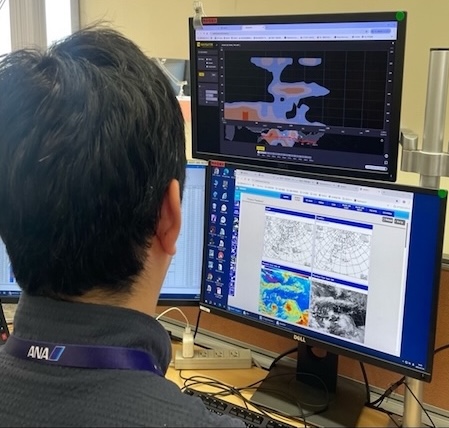All Nippon Airways (ANA) has made aviation history by becoming the world’s first airline to adopt an AI-powered turbulence prediction system developed by BlueWX Company Limited, marking a major leap forward in flight safety, passenger comfort, and operational reliability.
Developed through years of research, the cutting-edge technology uses deep learning and over a decade of turbulence data to achieve an 86% prediction accuracy rate. ANA’s integration of the system follows extensive trials involving 2,500 pilots, whose feedback confirmed its effectiveness compared to traditional forecasting methods.

BlueWX CEO Kaz Watanabe emphasized the urgency of innovation amid growing turbulence risks partly linked to climate change.
The turbulence prediction initiative began in 2019 as a joint project between ANA and Keio University. Trials commenced in 2021, with continuous updates refining accuracy and expanding the system’s operational capabilities. Pilots have reported strong alignment between the system’s forecasts and actual in-flight conditions, leading to higher confidence in turbulence avoidance strategies.
The technology’s rollout comes at a time when turbulence remains a top safety and economic concern in aviation. The U.S. National Transportation Safety Board (NTSB) reports that turbulence accounts for 30–50% of all aviation incidents, often resulting in injuries, equipment damage, and costly operational delays.
Founded in July 2023 through an industry-academia partnership, BlueWX plans to extend its AI turbulence prediction service to airlines worldwide. The company is also developing advanced wind speed and direction forecasting tools to optimize routes, reduce fuel consumption, and support the aviation industry’s carbon neutrality goals by 2050.
